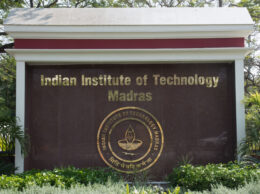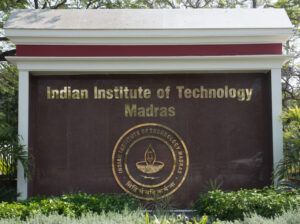New Delhi: Higher education provides the advanced work skills needed in an increasingly knowledge-intensive global economy. India, one of the largest education systems in the world, produces highest number of Science & Engineering graduates in the world, as per the US’ National Science Foundation’s (NSF) Science and Engineering Indicators 2018 report released recently.
India earned 25% of the more than 7.5 million awarded Science & Engineer bachelor’s level degrees in 2014, followed closely by China (22 percent), the EU (12 percent) and the U.S. (10 percent). Nearly half of all degrees awarded in China are in Science & Engineering fields. Since 2000, the number of Science & Engineering bachelor’s degrees awarded in China has gone up by 300 percent.
According to the most recent estimates, India stands sixth place in producing Science & Engineer doctoral degrees. The US awarded the largest number of Science & Engineer doctoral degrees (40,000) of any country, followed by China (34,000), Russia (19,000), Germany (15,000), the United Kingdom (14,000) and India (13,000).
The report also further mentioned that the world’s scientists are increasingly collaborative in their research endeavors. Among the major producers of S&E publications, the United Kingdom had the highest international collaboration rate (57 percent) in 2016, followed by France (55 percent) and Germany (51 percent). The U.S. followed with a 37 percent international collaboration rate, up 12 percent from 2006. The impact of S&E publications has also become more global. Between 2004 and 2014, the share of U.S. publications with citations from abroad increased from 47 percent to 56 percent. Countries also specialize in different fields of research, with the U.S., EU and Japan publishing heavily across the medical and biological sciences, while India and China focus on engineering.
Science and Engineering Indicators is the most comprehensive source of high quality federal data on a wide range of topics that include trends in global R&D investments and knowledge-intensive industries, K-12 and postsecondary STEM education, workforce trends and composition, state level comparisons, public attitudes and understanding, and invention, knowledge transfer and innovation. Related products — including state fact sheets — are available on the Indicators 2018 resource page.









